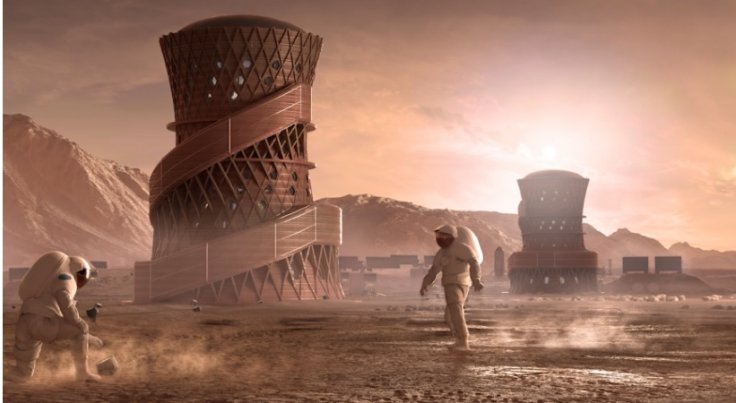SpaceX recently unveiled how it plans to carry out human spaceflights to Mars using its Starship spacecraft. One on Mars, the company plans to establish a massive colony that will function like a city on the Red Planet.
For years, SpaceX has been discussing its plans to send humans to Mars. According to the company, it is planning on accomplishing this goal using Starship, which is a reusable launch vehicle designed to transport humans to the Red Planet.

Getting To Mars
During a recent meeting of the Committee on Space Research, Paul Wooster, the principal development engineer for SpaceX's Mars expedition project discussed how the company plans to reach the planet and establish a Martian colony.
According to Wooster, the first obstacle that SpaceX will need to overcome is the amount of fuel it needs to reach Mars due to its distance from Earth. The company plans to solve this by using fuel depots stationed in Earth's orbit, which Starship can use to refuel after its launch.
Exploring Mars
The first Starship that will go to Mars will only be carrying cargo. If the mission goes smoothly, then SpaceX will deploy other Starships carrying human passengers. The objective of the first humans on Mars will be to find local sources of food and liquid water. Having liquid water will allow the colonizers to extract the necessary elements to create locally-sourced fuel for the Starships.
"We're very much focusing this landing-site identification effort toward areas that have very significant quantities of water ice," Wooster said during the meeting, according to Space.com. "That's a very critical resource."

Human Cities On Mars
Then, the humans will begin expanding their colony by adding various infrastructures such as landing pads, power-generation systems and additional habitats. According to Wooster, the goal is to establish a city-like outpost that can house an entire community of colonizers.
"In terms of the vision that we're moving toward, it's really to enable cities on Mars and everything that comes with having a city, having a large and growing population," Wooster explained. "This obviously is a very significant endeavor, something that will take many years, many decades even, to really achieve."









